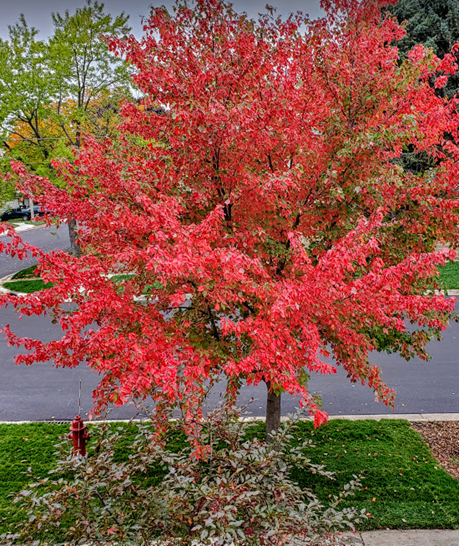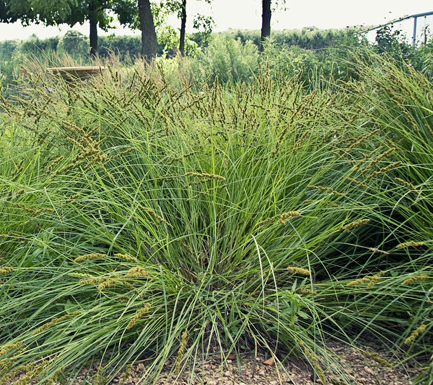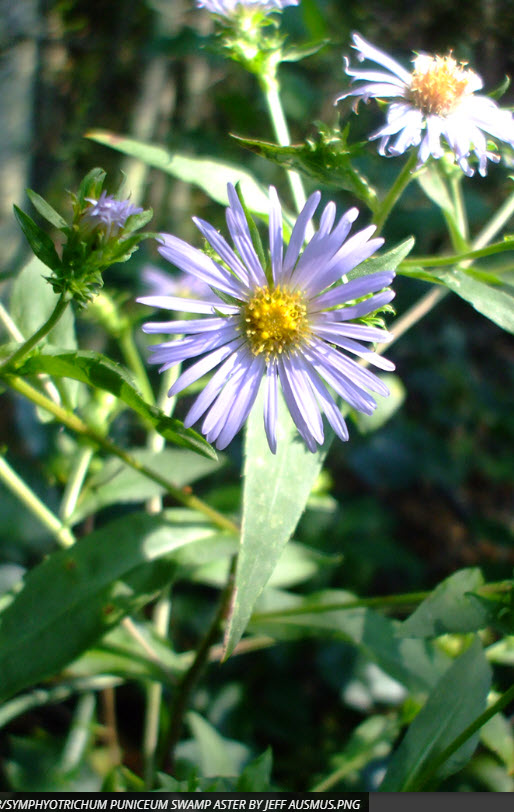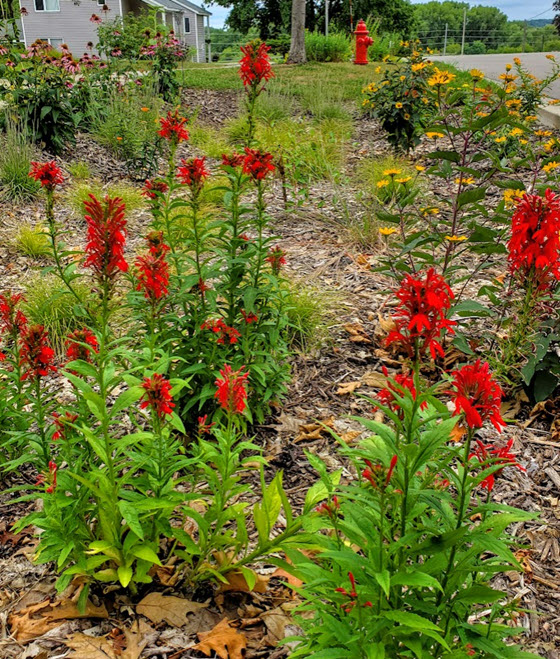Click below to listen to my 2 min. Garden Bite radio show/podcast: Pond and bog gardening with natives
I don’t have a bog or a pond but I know folks who do! Today I’m sharing some great ideas from my new favorite book, “A Northern Gardener’s Guide to Native Plants and Pollinators”.
Bogs and ponds are unique in that those areas are consistently moist so the plants that thrive in that environment have to be cool with wet feet.

Diversity in planting is not only more pleasing to the eye but better for the ecosystem. As for trees in these areas, the authors mention Red Maple, Pussy willow, Shining willow and the Sandbar willow which is more of a large shrub.


Shining Willow is one of several common species and is a medium to large, multi-stemmed shrub, occasionally taking the form of a bushy tree up to 20 feet tall. It is found in a variety of moist to wet places including lake and pond margins, swamps, wet meadows and wet ditches, seeming to prefer edge habitats and does not form large stands. Shining Willow is recognized by the shiny, toothed leaves up to 5½ inches long.
Certain grasses play well in bogs and ponds. They include Tussock sedge and Fox sedge. Check with your local native nurseries to see what they carry.

As for flowers, there are many including Giant Sunflower – it can grow up to 10 ft. tall! Some of my favorite flowers are asters. There’s a swamp aster that is very popular with pollinators.

Cardinal flower is perfect.

I have it in my rain garden. This plant is so pretty and hummingbirds love it too.
Check out swamp rose.

It is typically as tall as it is wide so could make a nice hedge, especially in a wet ditch. It won’t tolerate standing water, but seasonal flooding is okay. All native Rosa species attract a multitude of pollinators, have large attractive flowers, red stems, thorns, and dark green leaves.

They grow fine in partial shade but abundant flowering and disease-resistance occur in full sun and areas with good circulation. They are also semi-aggressive, so don’t plant in small landscapes.
